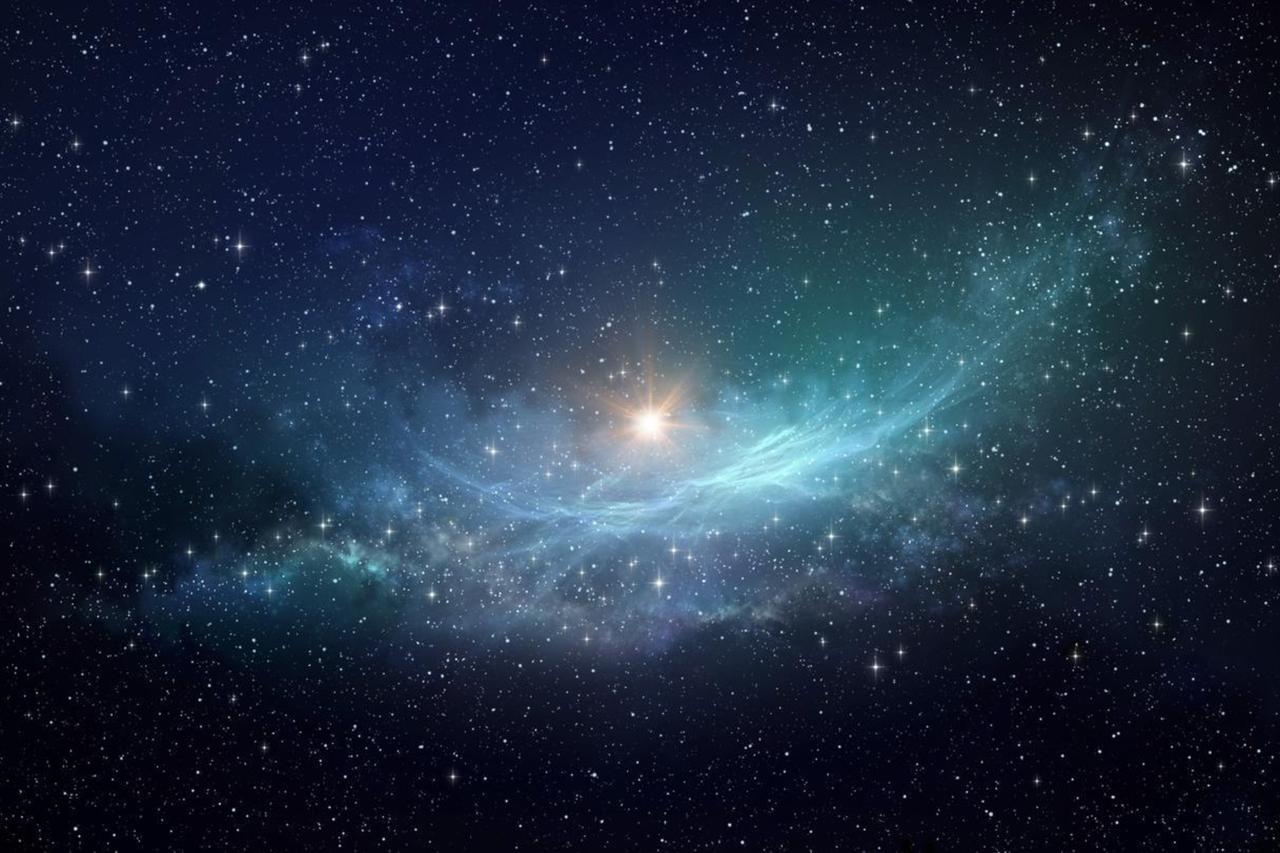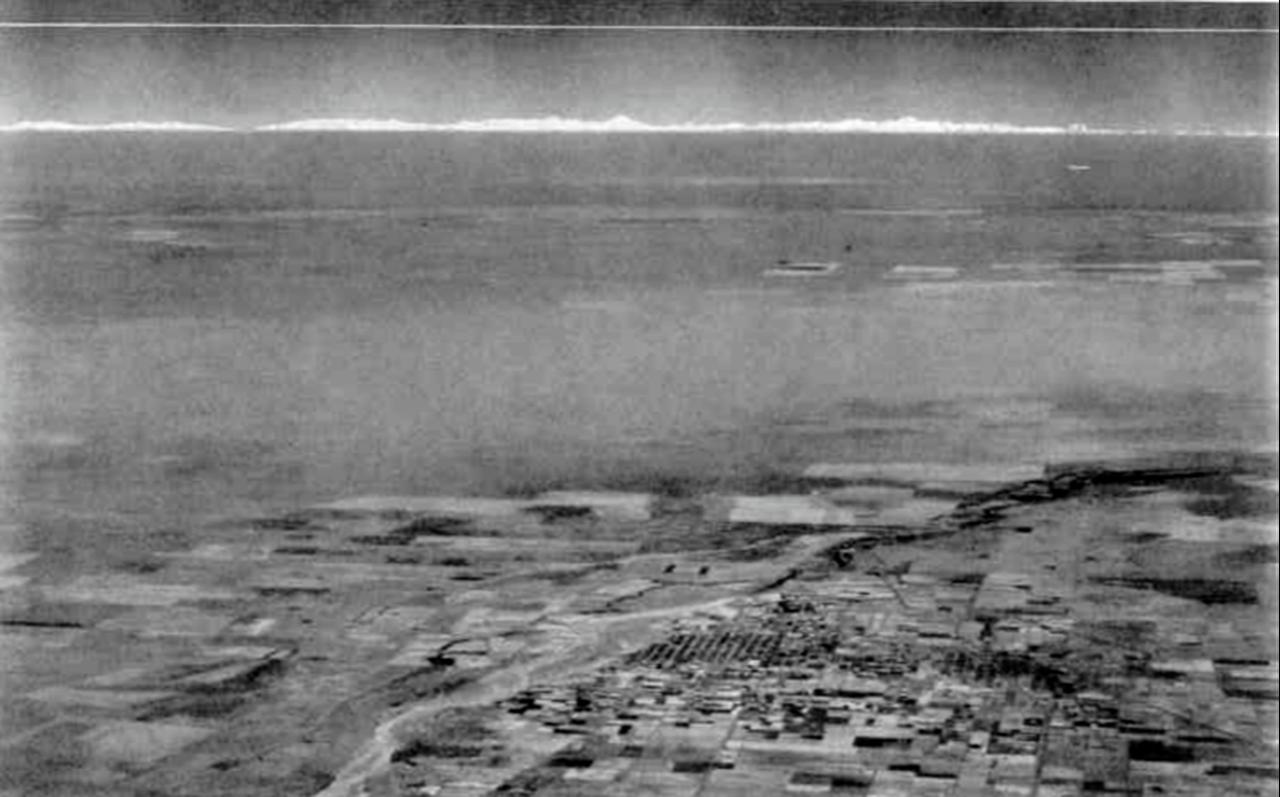
Harvard astronom Avi Loeb suggested that a newly discovered “second moon”-like object could be a remnant of a Soviet space mission from the 1960s.
Loeb, a prominent astronomer at Harvard University, proposed that the small celestial body temporarily captured by Earth’s orbit, named “2025 PN7” and dubbed the “second moon,” might be debris from the Zond 1 space probe launched by the Soviet Union in 1964.
According to Loeb, a technical malfunction during the Zond 1 mission caused early loss of contact with the spacecraft. Loeb and his colleague, Adam Hibberd, an engineer from the nonprofit Initiative for Interstellar Studies, recalculated the mission’s trajectory and suggested the old probe could have been rediscovered after drifting around the Sun.
Scientists recommend spectral measurements of 2025 PN7’s surface composition to determine whether it is a natural asteroid or a human-made spacecraft.

In 2020, the object 2020 SO was detected and later identified as a rocket component from NASA’s 1966 Surveyor 2 moon mission, a claim that was later confirmed through observations.
Zond 1 was launched in April 1964 by the Soviet Union to study Venus and test spacecraft systems. Contact was lost early due to technical issues, but mission data contributed to subsequent Soviet planetary missions.
Temporary natural satellites, sometimes called “mini-moons,” are small objects that can be captured briefly by Earth’s gravity before returning to solar orbit. Observations of such objects provide data on orbital dynamics and the interaction of human-made debris with natural celestial bodies.
Spectral and orbital analyses are used to classify near-Earth objects and differentiate between artificial debris and natural asteroids. This process relies on observational reports and recorded mission data, without extrapolating beyond confirmed findings.